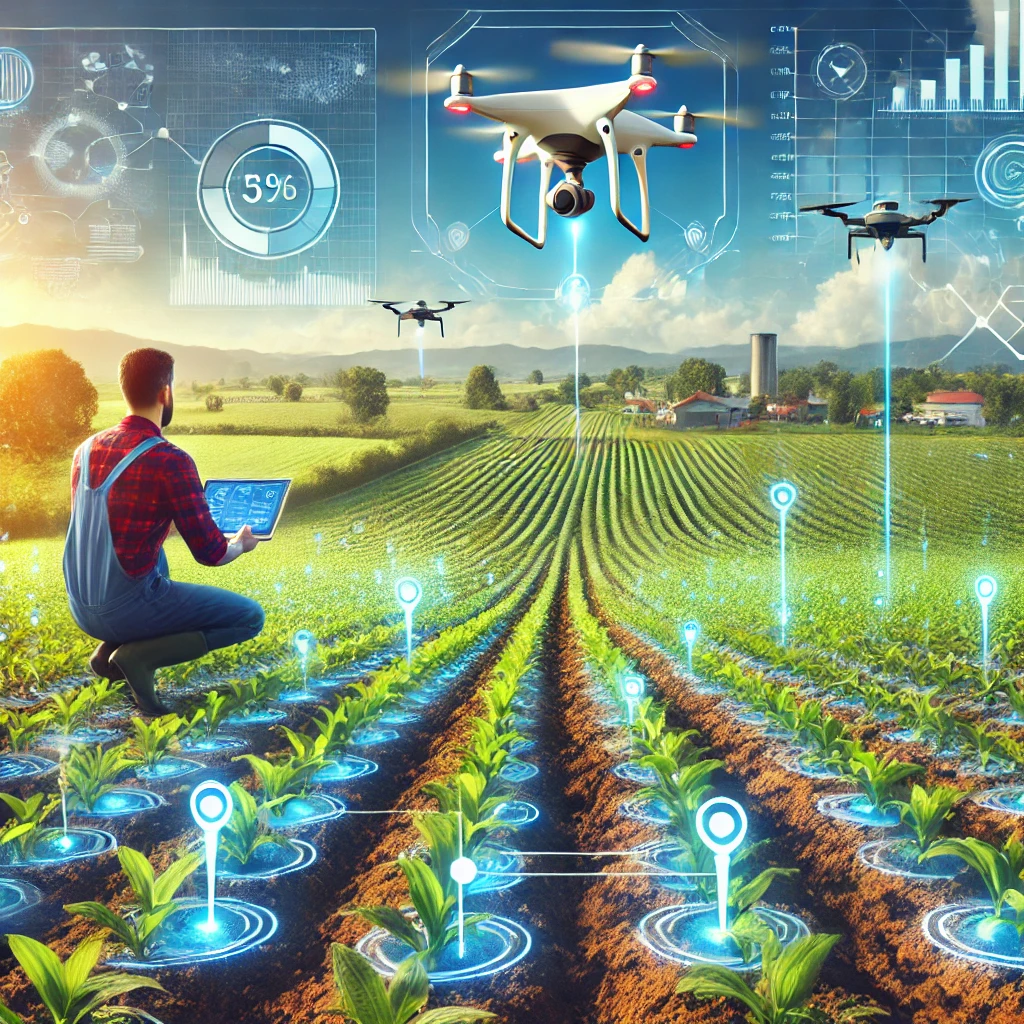Soil monitoring is the practice of tracking the health and condition of soil over time. This can be done for a variety of reasons, including:
- To assess the fertility of the soil and determine what nutrients it needs
- To monitor soil moisture levels and ensure that crops are getting the water they need
- To track changes in soil health over time and identify any potential problems
- To comply with environmental regulations
The soil monitoring market size is estimated to be worth USD 551 million in 2022 and is projected to reach USD 1,088 million by 2027, at a CAGR of 14.6%. Efforts of governments and companies to promote sustainable agriculture practices, the pressing need to preserve soil quality, stringent government regulations pertaining to ecological stability, and the growing need for improving farm productivity to feed the rising population are some of the driving factors for the soil monitoring market.
Factors Driving the Soil Monitoring Market Growth
Progressive farmers in the US, Canada, the Netherlands, Israel, Denmark, and Australia have shown a keen interest in soil monitoring. This practice has gained widespread acceptance among farmers using irrigation, as it can optimize crop quality and maximize yields. Over-irrigation leads to shallow root patterns, causing essential nutrients to wash away and negatively impacting crop quality. As the global population continues to rise, potentially leading to food shortages, soil monitoring has become increasingly crucial. The farming community faces immense pressure to enhance agricultural output to address future food security concerns. By precisely monitoring inputs, technology helps improve crop yield per hectare, ensuring proper crop development. Effective irrigation and water management, facilitated by soil moisture sensors, contribute to higher yields and better crop quality. These sensors also make farming more profitable by conserving water and energy and significantly reducing costs.

Government Support for Marginal Farmers to Access Advanced Soil Monitoring
Soil monitoring can help farmers economize on resources by reducing expenditures on water, fertilizers, pesticides, and other inputs. However, reliable soil monitoring sensors are costly, and growers often face a choice between high expense or compromised reliability. Significant capital investment is required to purchase these systems. While large commercial farmers can afford the high costs of soil monitoring sensors and devices to reap their benefits, small landholders struggle with the high upfront expenses. Government incentives, subsidies, or aid from donor communities can assist marginal farmers in adopting advanced soil monitoring technologies. Public sector investments in agricultural R&D have positioned the US agricultural industry as a leader in state-of-the-art technologies. The US Senate Appropriations Committee’s fiscal year 2020 agriculture appropriations bill allocated USD 23.1 billion in discretionary funding, with USD 3.172 billion specifically earmarked for agricultural research.
Ground-based monitoring systems were the most extensively used technology in the global soil monitoring market
Ground-based monitoring systems held the largest share of the soil monitoring market in 2021. The adoption of sensors and other soil monitoring devices has been increasing among progressive farmers worldwide due to the numerous benefits these sensors offer, such as enabling site-specific inputs for crops. Ground-based monitoring systems are expected to continue growing during the forecast period. The market for sensing and imagery systems is projected to grow at the highest rate between 2022 and 2027. Within this category, the satellite-based soil monitoring segment had the largest share in 2021 and is anticipated to experience significant growth during 2022–2027.
The European region held the second-largest soil monitoring market share in 2021 after the Americas and is expected to maintain its position during the forecast period. The use of digital farming techniques has become more prominent in Europe owing to advancements in the field of sensors, robotics and automation, and remote sensing technology. Soil monitoring helps farmers to utilize the technology to improve farm productivity; additionally, sensors are useful in saving water resources in other applications such as sports turf, residential irrigation, and landscaping and ground care. EU countries have signed a Declaration of Cooperation on a smart and sustainable digital agriculture future and take action to support the digitalization of agriculture. However, the APAC region is expected to witness fast growth during the forecast period owing to the high degree of agriculture technology adoption in Australia, New Zealand, and Japan, with emerging countries like India and China investing a huge amount in the digitalization of the agriculture sector.
Discover more—download your PDF copy now!
Top Industry Players in Soil Monitoring
- Stevens Water Monitoring Systems (US)
- SGS Group (Switzerland)
- Meter Group (US)
- Element Materials Technology (UK)
- The Toro Company (US)
- Campbell Scientific (US)
- Irrometer Company (US)
- Cropx Technologies (Israel)
- Acclima (US)
- Aquacheck (US)
